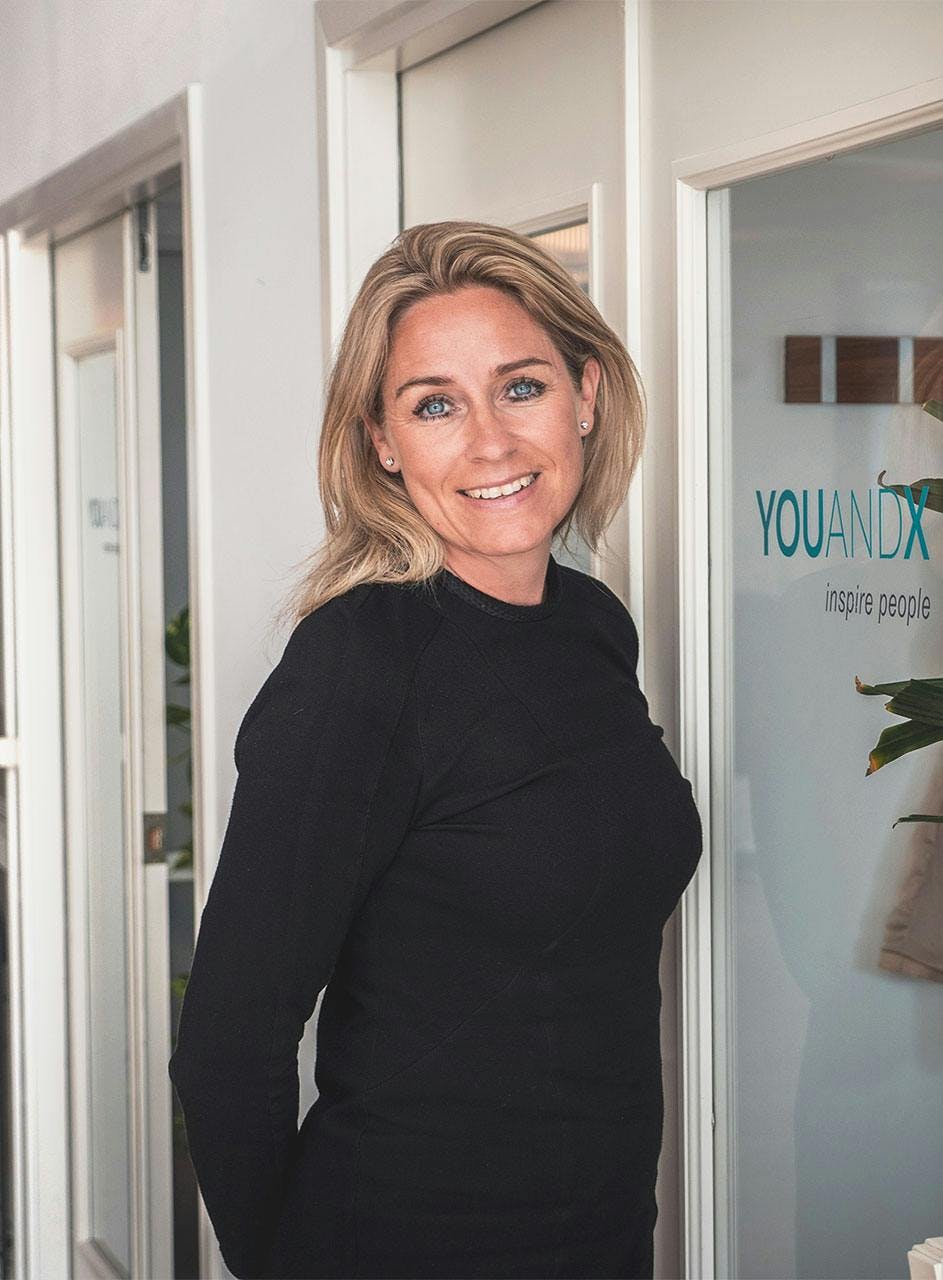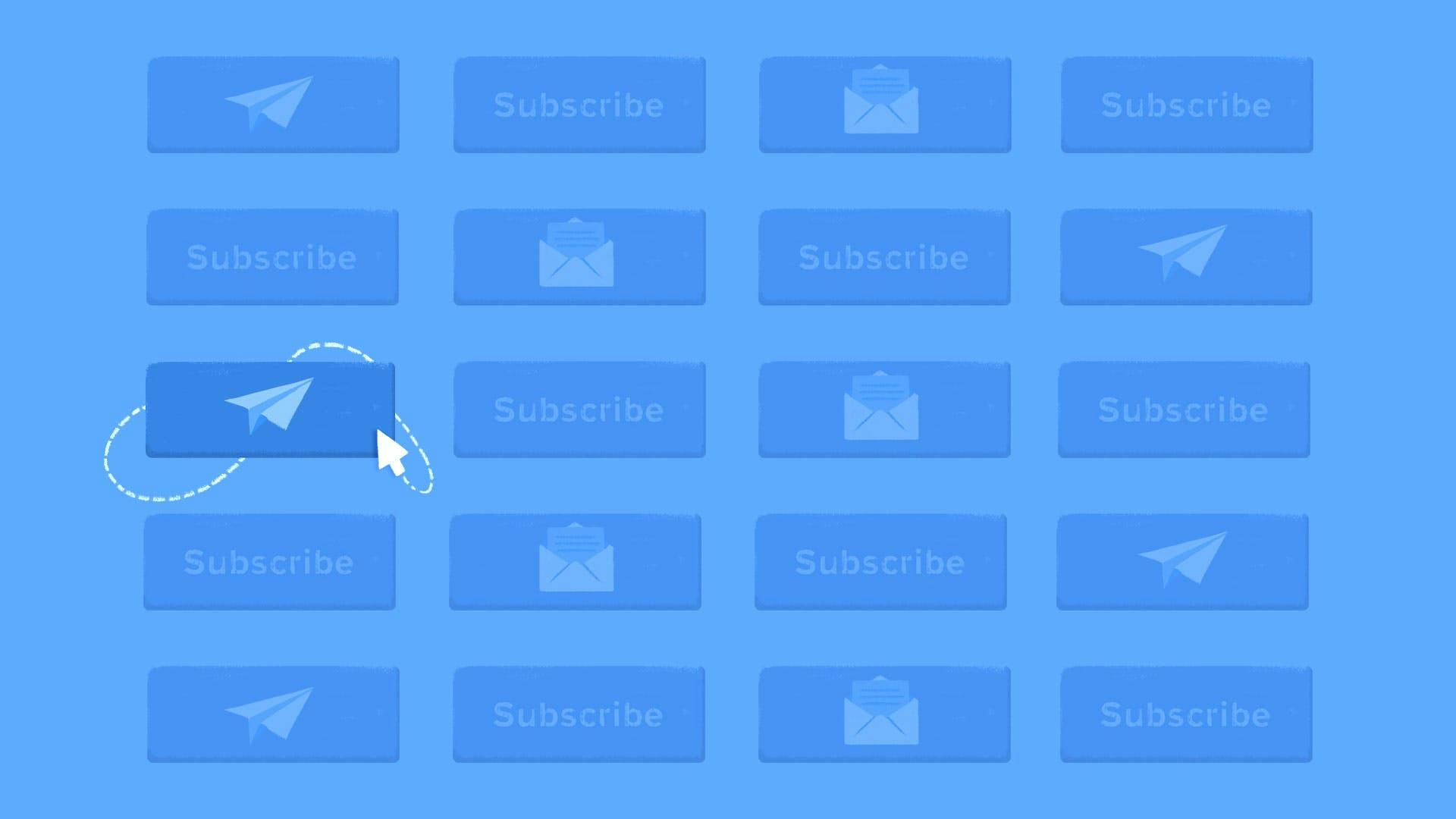Is a subscription-based business model right for your business? Here’s what you need to consider
hange is constant, so your business model should be adaptable. Subscription-based business models are based on recurrent revenue and long-term customer relationships, so they can be an appealing option for founders looking for stability. As global markets face upheaval from unpredictable factors like COVID-19, founding or pivoting to a business built on scalable renewability may be your best next step.

What is a subscription-based business model?
The subscription-based business model is not a new concept. A quick web search will tell you that book and newspaper publishers have been using subscription-based services since the 17th century.
But in the last couple of decades, many tech companies have pivoted from selling or licensing products via a single transaction to offering their products for repeated monthly or annual payments.
Media companies including Spotify and Netflix receive a steady stream of revenue from subscribers, and their success has pushed giants like Disney and Apple to build their own streaming platforms on subscription models. Adobe and Microsoft offer their full software for monthly or annual fees, rather than selling one-off licenses. SaaS companies offer cloud computing, cybersecurity and data storage to personal and corporate subscribers.
Why do customers prefer a subscription model?
Søren Starup-Jensen got into the subscription business world in 1993 – well before topics like churn, lifetime value, and acquisition costs were part of tech company vernacular. As an advisor for Copenhagen Business Hub’s Subscription Accelerator, he’s well-positioned to speak to the benefits of the model and the customer motivations behind it. He explains that in the 2000s, technology took leaps forward and that the move from 2G to 3G allowed many software companies to pivot from the single license model to cloud-based products.
Søren says that this advance, in conjunction with the financial crisis in the latter half of the 2000s, was instrumental in changing customer priorities. Instead of wanting more products and services, people began to want fewer but better options. Subscription-based businesses fit well with this demand because they can deliver a lot of functionality for a small repeated fee rather than one large, potentially intimidating sum.
“People in general don’t want to own things anymore,” Søren says. “They want to have access.” Adobe’s Creative Cloud is a good example of this. Instead of buying a new version of Photoshop or InDesign every year or two, subscribers pay for monthly access to Adobe’s cloud service, where they can constantly access the company’s services and receive updates.
[ Read also: Why Copenhagen is a great place for startups ]

Is a subscription-based business model right for your business?
Subscription-based businesses are based on strong customer relationships, and founders considering the model should be prepared to focus on customer retention over customer acquisition, and not only because it’s cheaper to do so
A subscription model lets you more easily build up trust and loyalty with customers than when they simply buy your product or service outright. As they regularly engage with your product or service as subscribers, you have an opportunity to build initiatives and programs that are more customer-focused and tackle their specific needs. This in turn, creates loyalty to your service or brand
“The main advantage for both the customer and the company is the relationship,” says Søren. Companies are able to better understand their customers and their patterns, which lets them tailor offers that match subscriber interests. Customers who enjoy tailored offerings may even pay premium prices, meaning that fostering relationships can result in customers being worth more over time.
Another advantage of adopting a subscription-based business model is that it can provide a predictable and steady income stream. This can allow you to more easily forecast your long-term income and make more informed financial decisions. As one of the initial hurdles that startups often face is bringing in immediate revenue, this can be an important factor. Stable income may also improve your ability to secure financing or investment.
There’s also a logistical benefit of being better able to estimate product sales and inventory, which can help lean companies avoid going into the red and avoid under- or overstaffing. In a context of COVID-19 lockdowns and job losses, flexibility and cost efficiency are more important than ever.
If you have a SaaS company, instead of releasing a new, potentially expensive version of your software every year, you can use your steady revenue stream to continually improve with updates and patches. Rather than putting pressure on your developers to launch one perfect product after the next, you can innovate on what you have and keep customers interested.
People in general don’t want to own things anymore, they want to have access.
Are there downsides to a subscription-based model?
The main downside of a subscription-based business model is churn. This is the percentage of customers or subscribers who end their subscription in a given period. Churn is a constant challenge, and it’s often tricky to figure out why customers walk away.
To avoid churn, focus on consistency both on the customer side and in the back end. Interruptions to the supply chain, for instance, can disrupt your company’s ability to deliver as promised. If you have to postpone or cancel the delivery of your product or service, customers aren’t receiving their end of the subscription deal and may move to a solution that’s cheaper or that appears frictionless.
Avoiding disruption is vital to minimizing churn, so it’s important to set up a robust business plan, set sustainable prices and have strategies in place to avoid interruptions. Participating in a focused program such as Copenhagen Business Hub’s Subscription Accelerator can help you identify potential pitfalls, figure out pricing and plan for disruption.

How to get and retain subscribers
For Søren, the most common mistake subscription-based companies make is not spending enough time on the product/market fit phase. Whether you’re a new startup or an established company, you need to spend time to get the right fit. He says that even if it takes two to three years, you need to nail your product/market fit or you could end up rapidly scaling something that doesn’t work.
You should then define your ideal customer and how they should be using your product or service. If your customer deviates wildly, then you’re probably targeting the wrong segment.
Another mistake Søren sees often is companies scaling broadly, to any and all segments, rather than scaling specifically in the direction of their product/market fit. He says that it’s important to focus on your core segment. You should also ensure that you have the operational infrastructure in place to handle scaling – you need to be prepared to provide the same quality of product or service to an increased number of people.
Recognizing loyalty is another way to retain customers and sustain income. Take care of existing customers with price breaks or add-ons so they remain happy and may even become ambassadors for your brand. Robust data collection and analytics can help you understand your subscriber personas better and clarify what rewards are likely to be well-received.
It’s also important to remain flexible and open to change. What works now may not be relevant in a year. “You will never ever finish your development of the product or the relationship with the customer,” says Søren. “You’ll always be in beta.”

Pivoting to a subscription-based business model
Maybritt Toft Bisp founded YOUANDX in 2017. The company was operating similarly to an agency, taking commission on bookings of speakers and experts for conferences and events. But Maybritt found that after using the organization to make the initial connection, users and speakers would then bypass it, preferring to make arrangements directly.

In 2020, Maybritt took part in Copenhagen Business Hub’s Subscription Accelerator and pivoted YOUANDX to a subscription-based model. She says that the decision was a “no brainer” after speaking to stakeholders and finding that both customers and experts both wanted more transparency in terms of pricing and finding matching competencies.
“The industry today is incredibly opaque, and it is difficult to find out where to book an expert and see whether the expert is relevant and competent,” Maybritt says. “We believe we solve this by converting to a subscription business and putting the customer and speaker or expert in direct contact with others on a safe, transparent platform.”
In the new model, users and experts pay a monthly fee for access to an online platform and the company takes little to no commission for bookings. Users have all the experts curated in one place and can approach them directly, and experts no longer need to deal with separate people for invoicing, bookkeeping, hosting and marketing. Because the platform works well and makes the process easier for all parties, users aren’t looking to save a few dollars by trying to make direct connections outside of it.
Maybritt spent more than 20 years running businesses via transactional models, but says that YOUANDX’s subscription-based model is far more scalable than its previous one. The accelerator program helped her to clearly identify how to structure the new model and what benefits to highlight in marketing the platform. “Subscription creates 100% transparency around the customer’s expenses, and it creates stability and security for customers,” she says.
[ Read also: What is pivoting and how do I do it? ]
Subscription creates 100% transparency around the customer’s expenses, and it creates stability and security for customers.

How to accelerate your subscription-based business
Søren recommends formal acceleration or incubation programs such as Copenhagen Business Hub’s Subscription Accelerator to both new and established entrepreneurs. Programs focused on subscription models can help founders understand relationship building and pricing strategies without losing time, resources and reputation to trial and error.
A subscription-focused program will teach you how to build customer-facing and operational strategies that scale, how to figure out customer behaviors and maintain customer relationships and how to effectively go to market.
Copenhagen Business Hub’s Subscription Accelerator provides access to industry experts who scrutinize participants’ visions and advise on the daily reality of running a subscription-based business. “It was valuable to work with a permanent mentor in scale up and SaaS business and to spar with the professional board,” says Maybritt. “It gave impetus and power to our thoughts.”
Accelerating alongside other companies is another asset of a formal program. “Subscription companies can learn a lot from each other even if they’re at different stages,” says Søren. “Even though participants in the Copenhagen Business Hub Subscription Accelerator come from all over, 80 to 90% of their issues and problems are exactly the same.”
The 2021 edition of the Subscription Accelerator is the tenth edition of the program. It runs from March to mid-June and is particularly relevant for companies that want to grow and internationalize their subscription-based businesses.
In a business environment shaped by COVID-19, steady income and customer loyalty are more appealing than ever. Adopting a subscription-based model could be the future proofing your organization needs.
Photo: YOUANDX ApS


